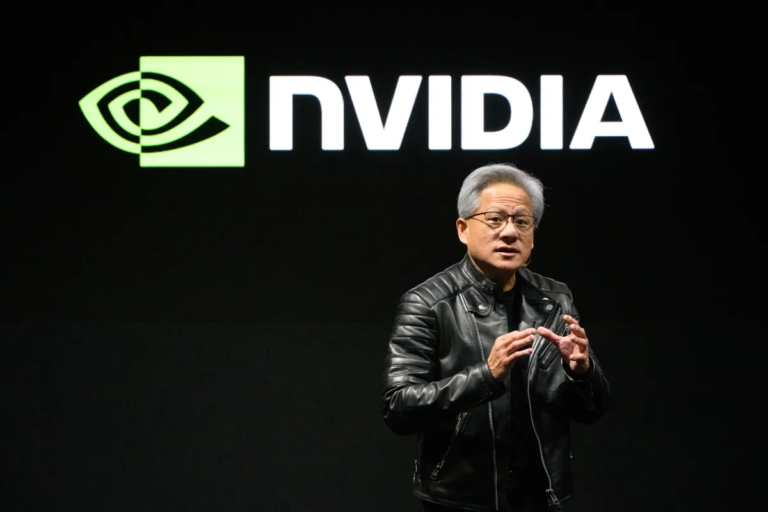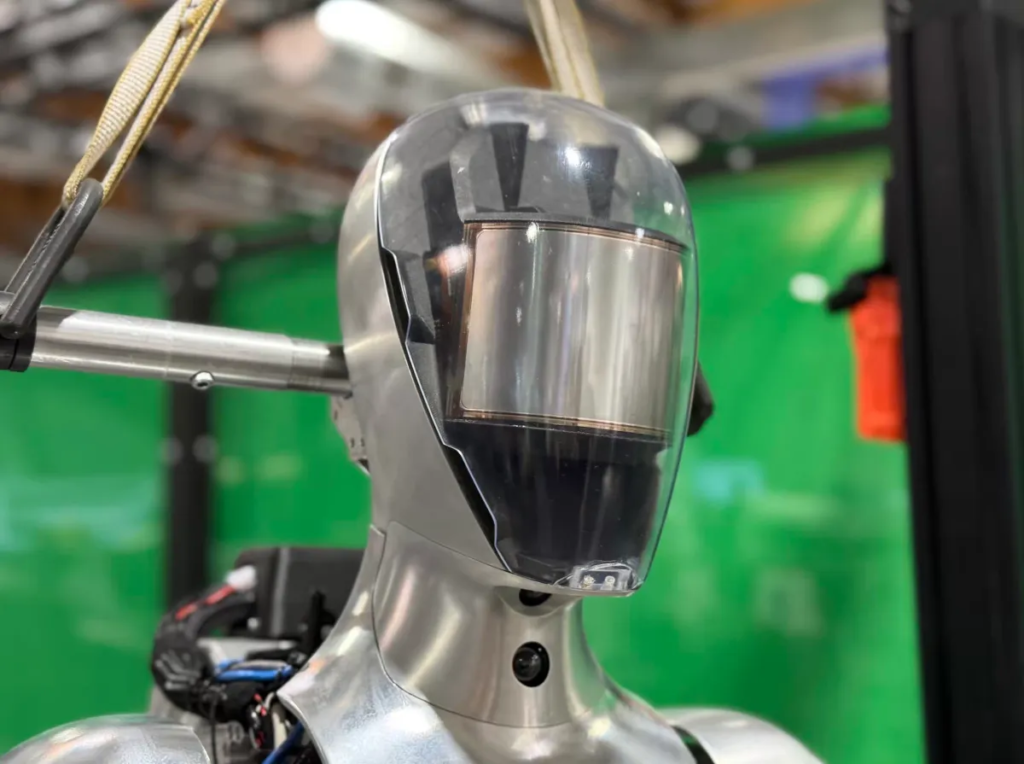Artificial Intelligence (AI) is no longer just a buzzword—it’s a transformative force reshaping industries, from healthcare to finance. But as AI models grow more complex, a new challenge has emerged: how to make these powerful systems faster, smaller, and more efficient without sacrificing performance. Enter AI Distillation, a cutting-edge technique that’s revolutionizing the field.
In this article, we’ll explore what AI Distillation is, how it works, and how DeepSeek, a rising star in the AI space, used this innovative approach to outmaneuver industry giant OpenAI. Buckle up as we dive into the fascinating world of AI optimization and uncover the secrets behind DeepSeek’s success.
What is AI Distillation?
The Problem with Large AI Models
Modern AI models, like OpenAI’s GPT-4, are incredibly powerful but come with a catch: they’re massive. These models often have billions of parameters, requiring enormous computational resources and energy to train and run. This makes them expensive, slow, and inaccessible for many applications, especially on devices with limited processing power, like smartphones or IoT devices.
The Solution: AI Distillation
AI Distillation is a process that simplifies large AI models by transferring their knowledge to smaller, more efficient models. Think of it as teaching a student to summarize a textbook—instead of memorizing every detail, the student learns the key concepts and can apply them effectively.
In technical terms, AI Distillation involves training a smaller “student” model to mimic the behavior of a larger “teacher” model. The student model learns to replicate the teacher’s outputs while using fewer resources, making it faster and more cost-effective.
How Does AI Distillation Work?
Step 1: Training the Teacher Model
The process begins with a large, pre-trained model (the teacher). This model has already learned to perform tasks like language translation, image recognition, or text generation with high accuracy.
Step 2: Transferring Knowledge
Next, the teacher model’s knowledge is transferred to a smaller student model. This is done by training the student to replicate the teacher’s outputs, often using a technique called soft labels. Unlike hard labels (e.g., “this is a cat”), soft labels provide probabilities (e.g., “80% cat, 20% dog”), giving the student more nuanced information to learn from.
Step 3: Fine-Tuning the Student Model
Once the student model has learned the basics, it’s fine-tuned on specific tasks to improve its performance. The result is a compact, efficient model that performs nearly as well as the original teacher model but with significantly fewer resources.
Why AI Distillation Matters
Benefits of AI Distillation
- Efficiency: Smaller models require less computational power, making them ideal for real-time applications.
- Cost-Effectiveness: Reduced resource requirements lower operational costs.
- Accessibility: Distilled models can run on devices with limited processing power, expanding AI’s reach.
- Sustainability: Lower energy consumption makes AI more environmentally friendly.
Real-World Applications
- Healthcare: Distilled AI models can analyze medical images on portable devices, enabling faster diagnoses in remote areas.
- Autonomous Vehicles: Smaller models allow self-driving cars to process data in real time without relying on cloud servers.
- Customer Service: Chatbots powered by distilled models provide faster, more accurate responses.
DeepSeek’s Rise: How AI Distillation Gave Them an Edge

The David vs. Goliath Story
In the AI industry, OpenAI has long been the dominant player, with its GPT models setting the standard for natural language processing. But in 2023, a relatively unknown company called DeepSeek made headlines by releasing a distilled AI model that outperformed OpenAI’s offerings in several benchmarks.
DeepSeek’s Secret Sauce
DeepSeek’s success can be attributed to its innovative use of AI Distillation. Here’s how they did it:
1. Focusing on Specific Use Cases
While OpenAI’s models are designed to be general-purpose, DeepSeek focused on optimizing for specific tasks, such as legal document analysis and financial forecasting. By tailoring their models to niche applications, they achieved higher accuracy with fewer parameters.
2. Leveraging Advanced Distillation Techniques
DeepSeek employed state-of-the-art distillation methods, including multi-teacher distillation (using multiple teacher models to train a single student) and self-distillation (where the model teaches itself). These techniques allowed them to create highly efficient models without sacrificing performance.
3. Prioritizing Accessibility
DeepSeek made their models open-source, allowing developers worldwide to experiment and build upon their work. This move not only fostered innovation but also positioned DeepSeek as a leader in the AI community.
The Impact of DeepSeek’s Breakthrough
Shaking Up the AI Industry
DeepSeek’s success has forced established players like OpenAI to rethink their strategies. By proving that smaller, more efficient models can compete with giants, DeepSeek has sparked a wave of innovation in AI optimization.
Empowering Smaller Players
DeepSeek’s open-source approach has leveled the playing field, enabling startups and researchers to access cutting-edge AI technology without the need for massive budgets.
Setting New Standards
DeepSeek’s models have set new benchmarks for efficiency and performance, pushing the entire industry to prioritize sustainability and accessibility.
Expert Insights: What the Future Holds
We reached out to Dr. Emily Carter, a leading AI researcher, to get her take on AI Distillation and DeepSeek’s impact.
“AI Distillation is a game-changer. It allows us to democratize AI, making it accessible to a wider range of applications and users. DeepSeek’s approach is particularly impressive because they’ve shown that you don’t need billions of parameters to achieve state-of-the-art performance. This is the future of AI.”
How to Leverage AI Distillation in Your Business
Step 1: Identify Your Needs
Determine which tasks could benefit from AI optimization. For example, if you’re in e-commerce, a distilled model could improve product recommendations.
Step 2: Choose the Right Tools
Explore open-source frameworks like TensorFlow or PyTorch, which support AI Distillation techniques.
Step 3: Collaborate with Experts
Partner with AI specialists to design and implement distilled models tailored to your business.
The Future of AI is Small
AI Distillation is more than just a technical innovation—it’s a paradigm shift. By making AI faster, cheaper, and more accessible, it has the potential to transform industries and improve lives.
DeepSeek’s success story is a testament to the power of innovation and strategic thinking. By leveraging AI Distillation, they’ve not only challenged OpenAI but also paved the way for a more inclusive and sustainable AI ecosystem.
As we look to the future, one thing is clear: the era of bloated, resource-hungry AI models is coming to an end. The future belongs to lean, efficient systems that deliver maximum impact with minimal resources. And thanks to pioneers like DeepSeek, that future is closer than ever.







